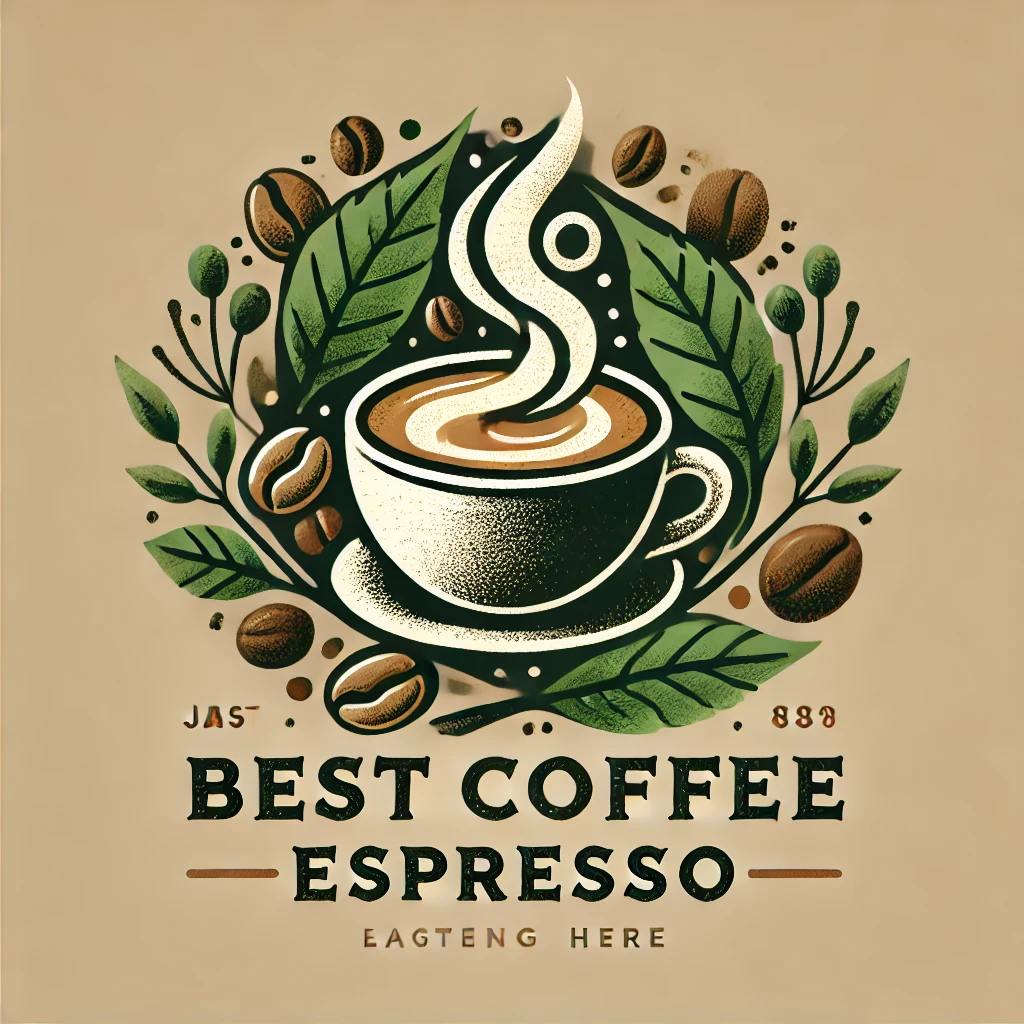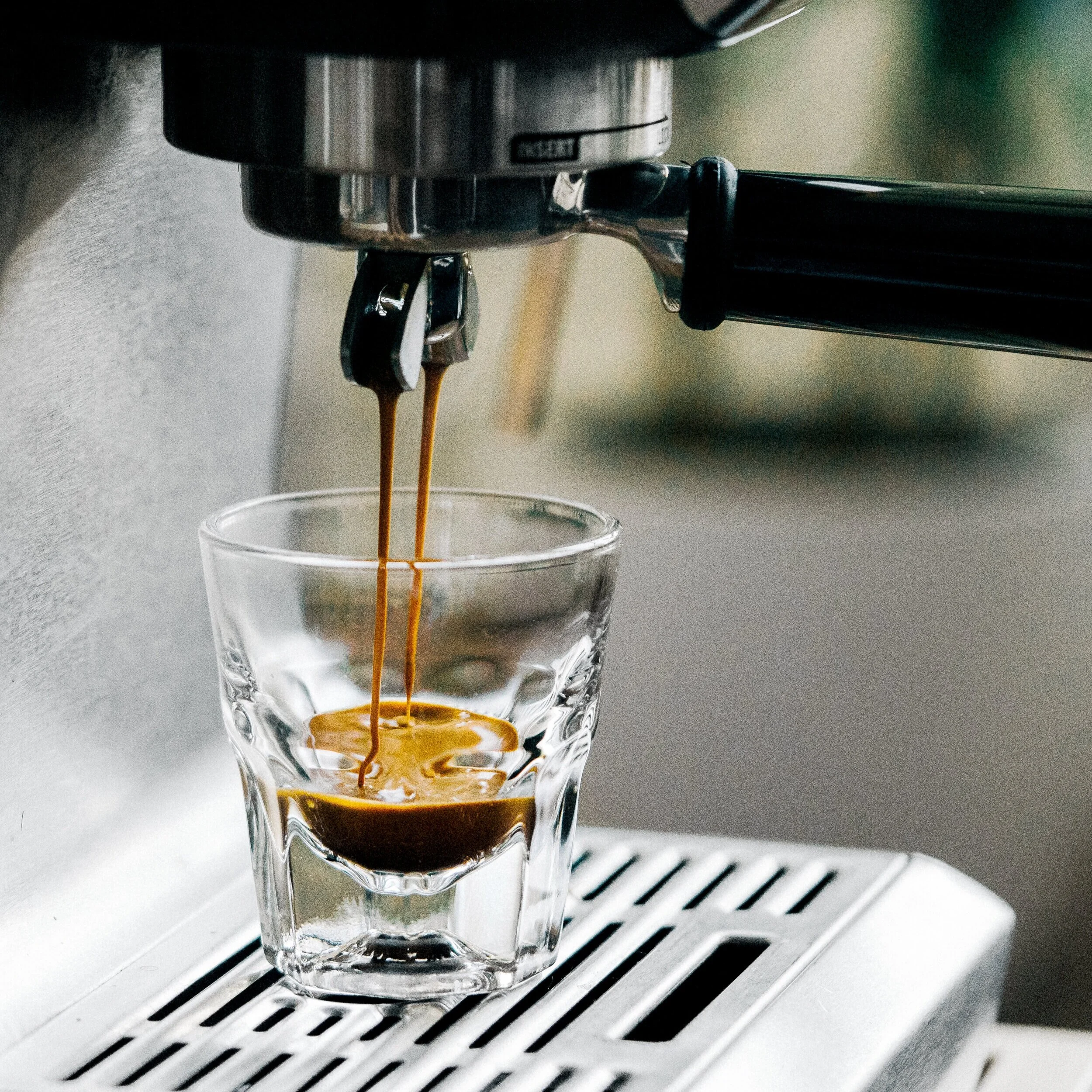Normal coffee cannot be made in an espresso machine. An espresso machine is designed specifically for making espresso.
Espresso machines and standard coffee makers serve different purposes. Espresso machines use high pressure to force hot water through finely-ground coffee, creating a rich, concentrated shot. Standard coffee makers, on the other hand, drip hot water over coarser coffee grounds, resulting in a lighter and larger cup of coffee.
Using an espresso machine to make normal coffee would compromise the taste and texture. Understanding the distinctions between these two brewing methods can help you choose the right machine for your coffee preferences.
Whether you crave a bold espresso shot or a milder cup of drip coffee, knowing how each machine operates is essential for achieving the perfect brew.
Espresso Machine Mechanics
Understanding espresso machine mechanics is crucial for coffee enthusiasts. It reveals how these machines produce rich, intense coffee flavors. Let’s dive into the intricate workings of an espresso machine.
How Espresso Machines Work
Espresso machines use high pressure to force hot water through coffee grounds. This process extracts strong flavors and aromas. The result is a concentrated coffee shot called espresso.
These machines operate differently from regular coffee makers. They use pumps and boilers to maintain the right water temperature and pressure. This ensures the coffee is brewed quickly and efficiently.
Key Components
Several key components make up an espresso machine. Each part plays a vital role in brewing the perfect espresso.
Component | Description |
|---|---|
Boiler | Heats the water to the right temperature. |
Pump | Generates high pressure to push water through the coffee grounds. |
Portafilter | Holds the coffee grounds during extraction. |
Group Head | Distributes hot water evenly over the coffee grounds. |
The boiler is the heart of the machine. It ensures water reaches the ideal brewing temperature. The pump is essential for creating the high pressure needed for espresso. The portafilter holds the coffee grounds. It fits into the group head, which disperses water over the grounds.
Each component must function properly to produce quality espresso. Regular maintenance keeps these parts in top condition. This includes descaling the boiler and cleaning the portafilter.
Using an espresso machine can be complex, but the results are worth it. With the right knowledge, you can enjoy a perfect espresso shot at home.

Credit: majestycoffee.com
Differences Between Coffee And Espresso
Understanding the differences between coffee and espresso helps you enjoy both. Both drinks use coffee beans but have unique tastes and brewing methods.
Brewing Methods
Brewing methods for coffee and espresso are different.
Here’s a breakdown:
Aspect | Coffee | Espresso |
|---|---|---|
Grind Size | Medium to coarse | Fine |
Pressure | Gravity or drip | High pressure (9 bars) |
Brewing Time | 4-5 minutes | 25-30 seconds |
Water Temperature | 200°F | 200°F |
In coffee brewing, water flows through the grounds slowly. In espresso brewing, high pressure pushes water through fine grounds quickly.
Flavor Profiles
Flavor profiles of coffee and espresso differ significantly:
Coffee: Milder, balanced, and often has a more complex taste.
Espresso: Stronger, more concentrated, with a richer, bolder flavor.
Espresso has crema, a golden layer of foam, adding a unique texture.
Coffee often has more nuanced flavors from a longer brewing time.
Both drinks offer unique experiences. Choose based on your taste preference and mood.
Adjusting The Espresso Machine For Regular Coffee
Can you make regular coffee with an espresso machine? Yes, you can! By adjusting a few settings, your espresso machine can brew a nice cup of regular coffee. Let’s explore the key adjustments you need to make.
Grinding Settings
The grind size is crucial for making regular coffee. You need a coarser grind compared to espresso. A finer grind will result in a bitter taste.
Here is a simple guide:
Espresso: Fine grind
Regular Coffee: Coarse grind
Adjust your grinder to a coarser setting for regular coffee. This ensures the water flows evenly through the grounds. The result is a smoother, more balanced cup.
Water Temperature
Water temperature affects the coffee’s flavor. For espresso, the ideal temperature is around 200°F (93°C). Regular coffee needs a slightly lower temperature, around 195°F (90°C).
Follow these steps to adjust the water temperature:
Check your machine’s manual for temperature settings.
Set the temperature to 195°F (90°C).
Allow the machine to heat up.
Using the right temperature prevents over-extraction. This keeps your coffee from tasting too bitter.
Setting | Espresso | Regular Coffee |
|---|---|---|
Grind Size | Fine | Coarse |
Water Temperature | 200°F (93°C) | 195°F (90°C) |
By adjusting the grind size and water temperature, your espresso machine can make a good cup of regular coffee. Enjoy your brew!
Expert Opinions
Many coffee enthusiasts wonder if normal coffee can be made in an espresso machine. We gathered expert opinions to shed light on this topic. From seasoned baristas to machine manufacturers, their insights are invaluable.
Barista Insights
Experienced baristas often face this question. They note that an espresso machine is designed for a specific purpose. It brews coffee under high pressure. Normal coffee, on the other hand, typically uses a drip method.
Baristas emphasize the differences in brewing methods. Espresso uses finely ground coffee. Normal coffee uses a coarser grind. The water temperature and extraction time also vary significantly.
Some baristas suggest tweaking the espresso machine settings. This might allow for a similar result to normal coffee. But, they caution, it won’t be the same. The aroma and flavor profiles will differ.
Manufacturer Recommendations
Coffee machine manufacturers provide specific guidelines. They stress that espresso machines are optimized for making espresso. Using them for normal coffee can result in machine damage.
Manufacturers often provide detailed manuals. These include instructions on proper usage. They recommend sticking to intended functions. This ensures the machine’s longevity.
Below is a table summarizing the key points from manufacturers:
Aspect | Espresso Machine | Normal Coffee Maker |
|---|---|---|
Grind Size | Fine | Coarse |
Water Pressure | High | Low |
Brewing Time | Short | Long |
Manufacturers’ insights align with those of baristas. They both highlight the importance of using the right equipment for the right brew.
Common Mistakes To Avoid
Making normal coffee in an espresso machine can be tricky. Avoiding common mistakes ensures a good cup of coffee. Let’s explore these mistakes.
Over-extraction
Over-extraction happens when coffee grounds brew too long. This results in a bitter taste. Using the right grind size is crucial. Espresso machines need fine grounds. Regular coffee uses coarser grounds. Using fine grounds for normal coffee causes over-extraction.
Water temperature also matters. Too hot, and it extracts too much. Keep the temperature between 90-96°C. This range prevents over-extraction and bitterness.
Factor | Optimal Range |
|---|---|
Grind Size | Coarse for normal coffee |
Water Temperature | 90-96°C |
Incorrect Measurements
Using the right amount of coffee grounds is key. Too much or too little ruins the taste. Use a scale for accuracy. For normal coffee, use 1:15 coffee-to-water ratio.
Here’s a simple guide:
1 gram of coffee to 15 grams of water.
For 200ml of water, use 13 grams of coffee.
Measuring water is also important. Too much water makes weak coffee. Too little water makes it too strong. Stick to the recommended ratio for best results.
Coffee-to-Water Ratio:
1 gram coffee : 15 grams water
Credit: www.homecoffeetips.com
Alternative Brewing Methods
Exploring different brewing methods can expand your coffee experience. Though espresso machines are popular, there are many other ways to brew coffee. Let’s look at two alternative methods: the French Press and Pour Over.
French Press
The French Press is a simple method for making rich coffee. It’s known for its full-bodied flavor. You only need a few items to get started:
French Press
Coarse coffee grounds
Hot water
Timer
Follow these steps:
Add coarse coffee grounds to the French Press.
Pour hot water over the grounds.
Stir and let it steep for 4 minutes.
Press the plunger down slowly.
Pour and enjoy your coffee.
This method extracts oils and flavors from the coffee. The result is a rich, aromatic cup.
Pour Over
The Pour Over method offers more control over brewing. It highlights the coffee’s unique flavors. You will need:
Pour Over dripper (like a V60)
Medium-fine coffee grounds
Hot water
Filter paper
Timer
Follow these steps:
Place the filter paper in the dripper.
Rinse the filter with hot water and discard the rinse water.
Add medium-fine coffee grounds to the filter.
Pour a small amount of hot water to bloom the grounds.
Wait 30 seconds, then continue pouring water slowly in circles.
Once brewed, remove the dripper and enjoy your coffee.
This method brings out the coffee’s bright and complex flavors. It’s great for those who appreciate nuance in their cup.
Frequently Asked Questions
Can You Use Regular Coffee In An Espresso Machine?
Yes, you can use regular coffee in an espresso machine. However, the grind size and brewing time differ. Espresso machines need fine coffee grounds for optimal extraction.
What Happens If You Use Normal Coffee In An Espresso Machine?
Using normal coffee in an espresso machine can lead to weak, under-extracted coffee. Espresso machines require finely ground coffee to produce a strong, rich brew.
Is Espresso Roast Different From Regular Coffee?
Yes, espresso roast is typically darker and bolder than regular coffee. It’s designed to provide a richer, more intense flavor in espresso drinks.
Can Espresso Machines Brew Drip Coffee?
Espresso machines are not designed to brew drip coffee. They use high pressure and fine grounds, unlike drip coffee makers that use coarse grounds and gravity.
Conclusion
Making normal coffee in an espresso machine is possible with some adjustments. Use coarser grounds and more water. This method creates a stronger, yet enjoyable cup of coffee. Experiment with different settings to find your perfect brew. Enjoy the versatility of your espresso machine.
Happy brewing!

